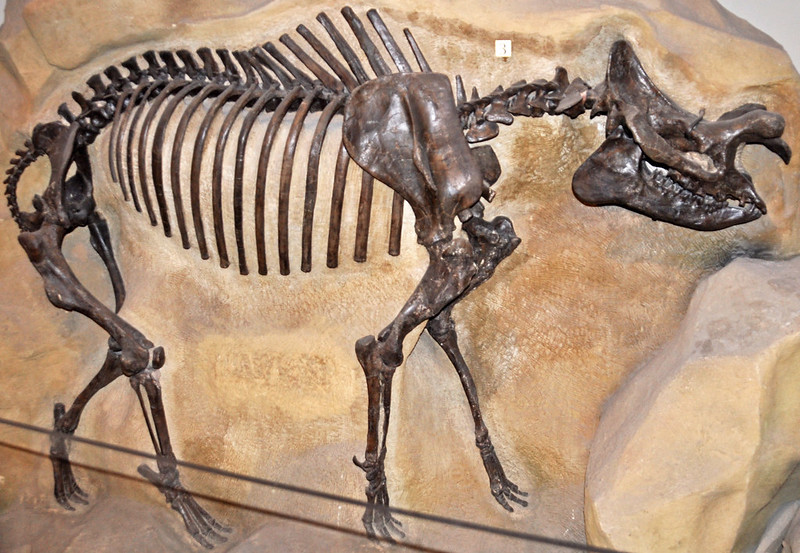The people of America before European exploration were descendants of a large group of people who were isolated for ten to twenty thousand years. Those descendants spread over a large land mass, and founded civilizations including cities with up to five million in habitants. All without trade or any form of communication with people outside of the Americas. There were a wide variety of climate conditions over the large area and across the thousands of years. A perfect opportunity for Darwinian evolution to take place.
Yet, when Europeans landed in the Americas, they immediately began to copulate with natives and they produced large numbers of healthy and fertile offspring. In other words, in all those thousands of years, no human evolution had taken place. The Americans had their own languages, cultures, and superficial appearances, but their they were.
Still human. "After their kind," indeed.
